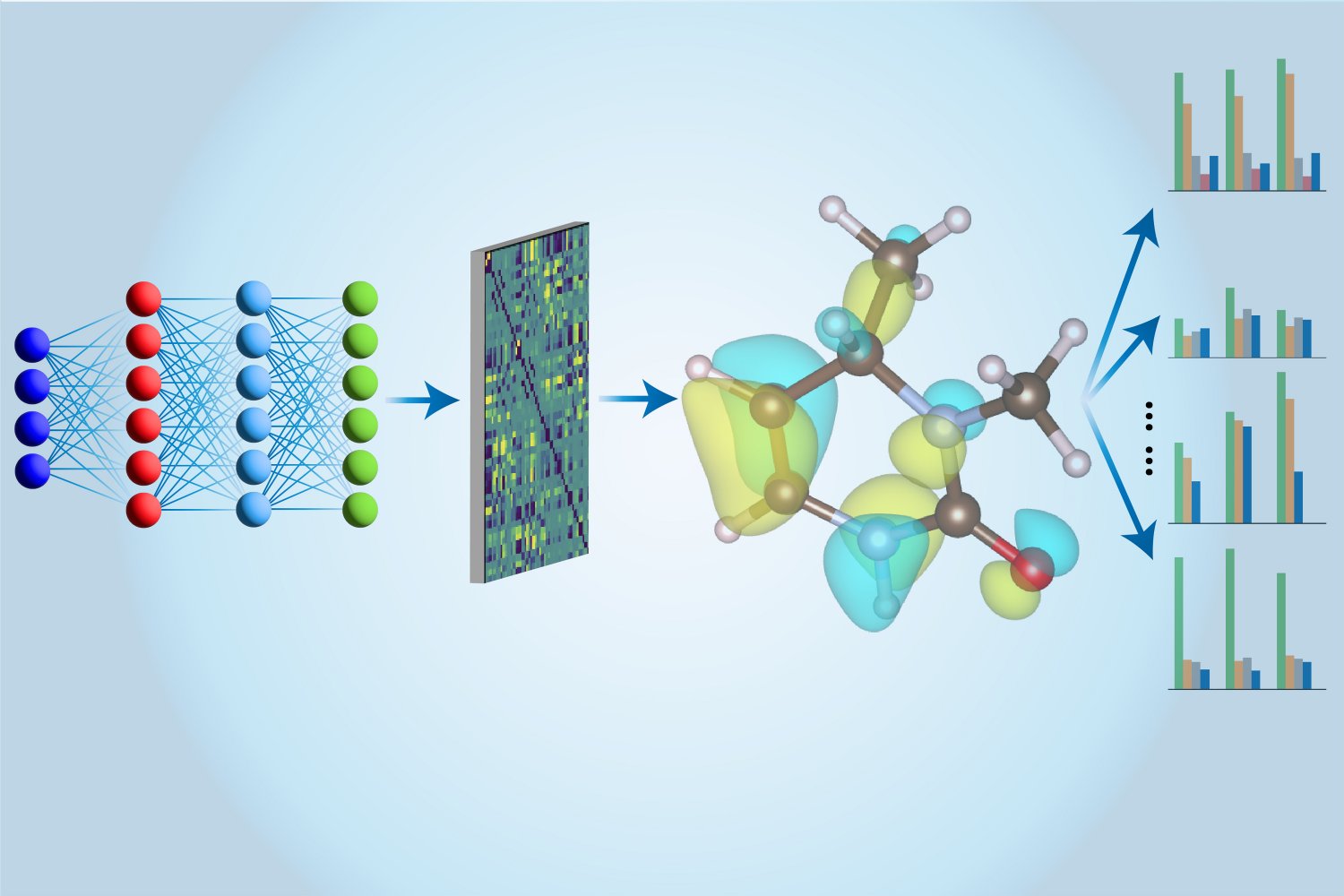The Future of Materials Design: A Quantum Leap Forward
Back in the old days…
Materials science has come a long way since the early days of alchemy. With the periodic table, researchers have a solid foundation to design new materials. However, the process is still laborious, and machine learning tools have only recently boosted our capacity to determine the structure and physical properties of various molecules and substances.
The "Couples Therapy" Solution
A team led by Ju Li, Tokyo Electric Power Company Professor of Nuclear Engineering at MIT, has made a groundbreaking discovery. They’ve developed a new approach that combines coupled-cluster theory (CCSD(T)) with machine learning to create a more accurate and efficient way to design materials.
How it Works
CCSD(T) is a quantum mechanical approach that determines the total energy of a molecule or crystal. However, it’s slow and only provides one piece of information – the lowest total energy. The team’s solution is to use a neural network trained on CCSD(T) calculations to predict various electronic properties, such as dipole and quadrupole moments, electronic polarizability, and the optical excitation gap.
The "Multi-Task" Approach
The "Multi-task Electronic Hamiltonian network" (MEHnet) can analyze a range of properties, including the infrared absorption spectrum, which is essential for understanding the vibrational properties of molecules. This approach can also predict the properties of excited states and provide more accurate results than traditional density functional theory (DFT).
The Power of Machine Learning
The team’s architecture, inspired by MIT Assistant Professor Tess Smidt’s work, uses a so-called E(3)-equivariant graph neural network. This allows the model to incorporate physical principles and quantum mechanics directly into its calculations.
Testing the Model
The team tested their model on known hydrocarbon molecules, achieving superior accuracy and efficiency compared to DFT calculations. Qiang Zhu, a materials discovery specialist at the University of North Carolina at Charlotte, praised the method, stating, "This is exciting work that illustrates the powerful synergy between computational chemistry and deep learning, offering fresh ideas for developing more accurate and scalable electronic structure methods."
Applications and Future Directions
The potential applications are vast. The model can be used to predict the properties of hypothetical materials, identify new molecules with desirable properties, and even design new polymers or materials for drug design or semiconductor devices. The team is optimistic about the future, stating, "Our ambition is to cover the whole periodic table with CCSD(T)-level accuracy, but at lower computational cost than DFT. This should enable us to solve a wide range of problems in chemistry, biology, and materials science."
Conclusion
The future of materials design has taken a significant leap forward with the development of the "Multi-task Electronic Hamiltonian network." This innovative approach combines the power of machine learning with the accuracy of coupled-cluster theory to create a faster and more efficient way to design new materials. As the team continues to refine their model, we can expect to see significant breakthroughs in the fields of chemistry, biology, and materials science.
FAQs
-
What is the main advantage of the "Multi-task Electronic Hamiltonian network" over traditional methods?
The model can analyze a range of electronic properties, not just one, and provide more accurate results. -
How does the model work?
The model uses a neural network trained on CCSD(T) calculations to predict various electronic properties. - What are the potential applications of this technology?
The model can be used to predict the properties of hypothetical materials, identify new molecules with desirable properties, and design new polymers or materials for drug design or semiconductor devices.











